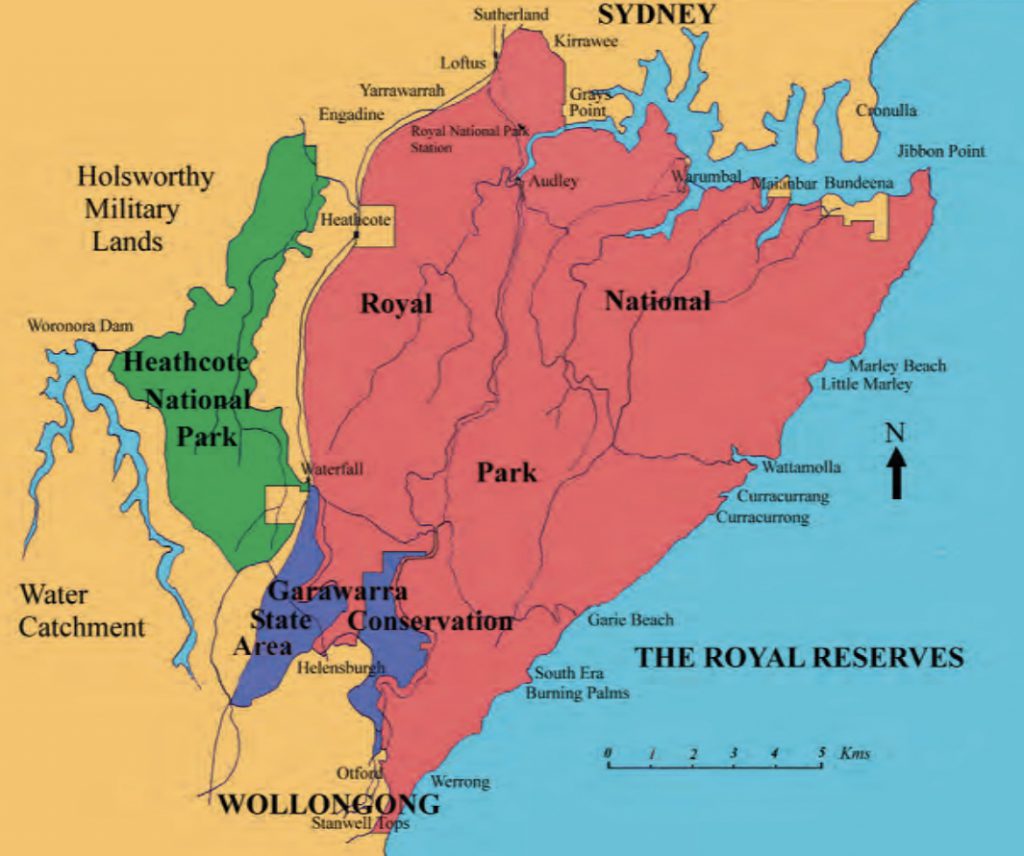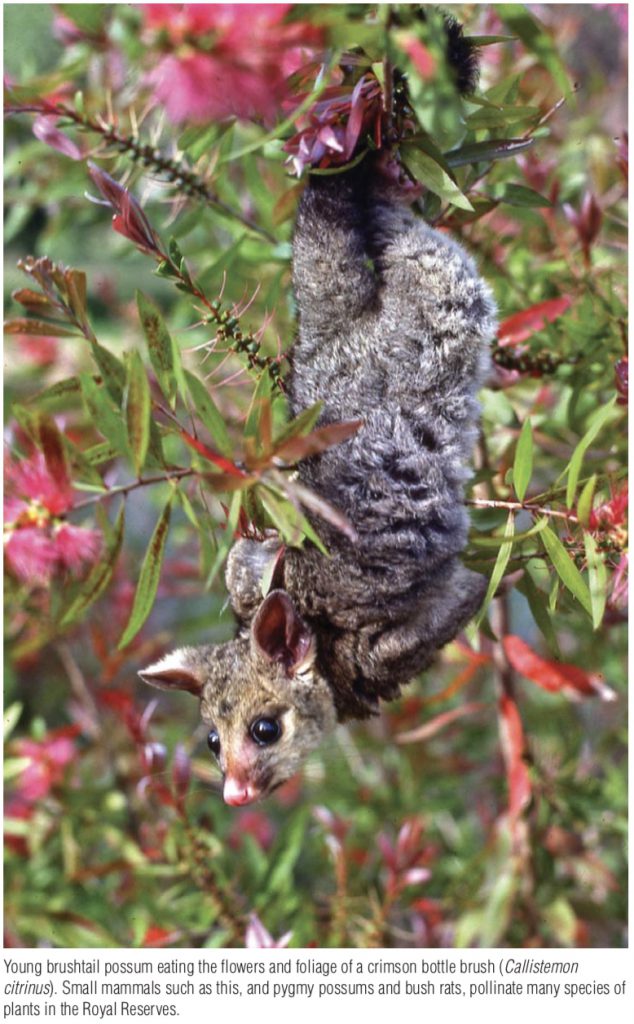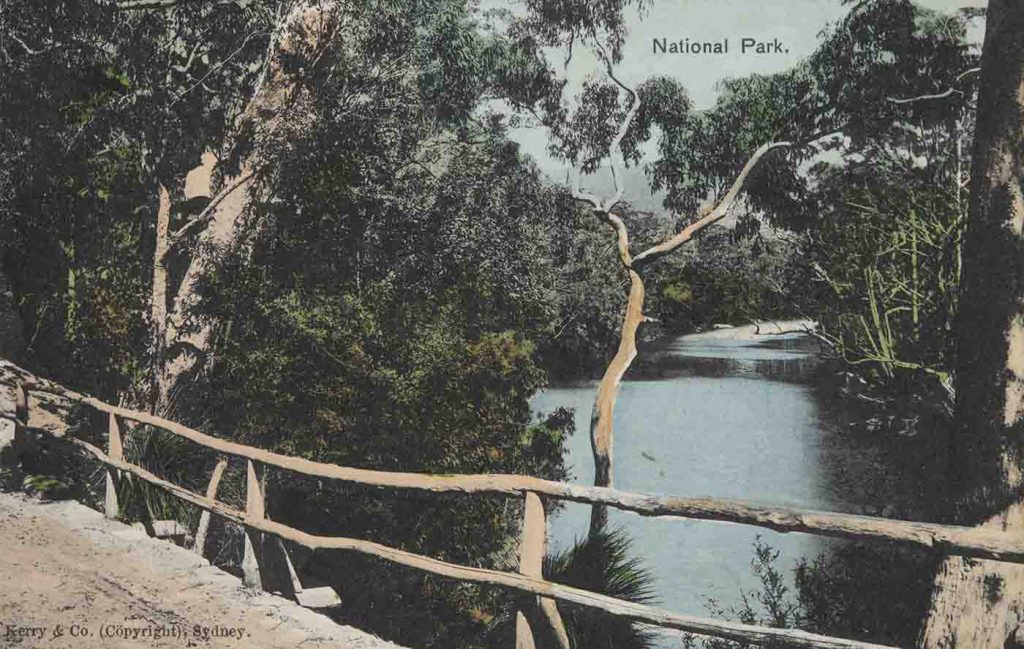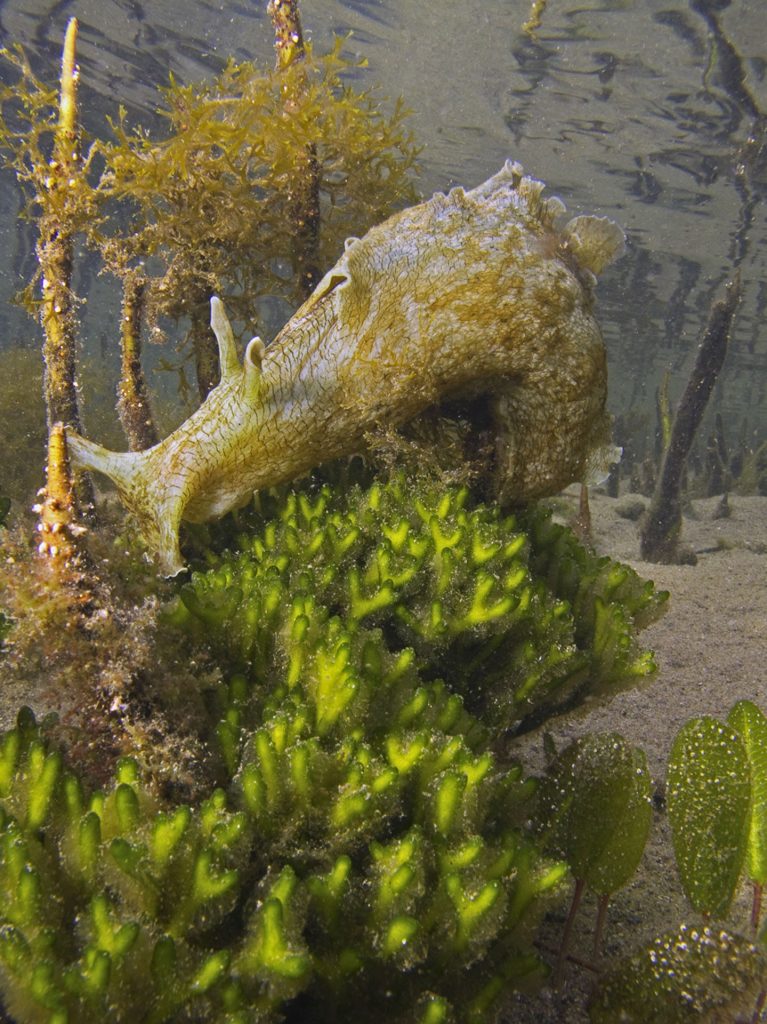Royal National Park is a beautiful natural area, home to a diverse range of flora and fauna, outstanding geological features and spectacular scenery. Sutherland Shire Environment Centre is campaigning for the ecological values and unique history of the Royal recognised through UNESCO World Heritage Listing.
In 1879 the Royal National Park was the first reserve in the world dedicated ‘for the purpose of a national park’. The Royal is one of the pioneer national parks, along with Yosemite, Yellowstone, and Mackinac in the USA. It is representative of the birthing and evolution of the worldwide recreation based conservation movement that formed over the last decades of the nineteenth century. The Royal also played a highly significant role in the development of those concepts.

Heathcote National Park and Garawarra State Conservation Area are less well known than the Royal, but they are essentially part of the same land unit. Each of these parks offer their own unique histories and ecologies, which enhance the case for World Heritage Listing for the three areas as a complementary whole. Heathcote and Garawarra, together with Royal, are known as The Royal Reserves. Together these parks have exceptional natural beauty, with highly variable atmospherics, diverse vegetation and geomorphology, truly beautiful and outstanding Hawkesbury sandstone rock formations, dramatic sea cliffs and caves, golden beaches, inlets, the Port Hacking estuary and Hacking River, and wonderful iconic features – Eagle Rock, Garie Beach and Headland; Jibbon Beach; Wattamolla Cove, waterfall and lagoon; the Marley lagoons and beaches; Curracurrang inlet and pool; Figure Eight Pool; The Palm Jungle; The Lost World; the moving landscape, caves, rock outcrops and sacred Aboriginal sites of Flat Rock; Toonoum Falls and Toonoum Brook valley; Uloola Falls; National Falls; Audley; Kangaroo Creek; the Crystal Pools, the southern beaches; Forest Island; Walker’s Garden and Robertson’s Knoll…
These areas also offer ‘intangible’ values of spirit and sense of place that can be overlooked when listing formal data under headings such as scleromorphy, species richness, bioheritage, geoheritage, conservation and so on.

Meanwhile, the Royal alone has more than 1,131 plant species – one of the richest concentrations in temperate Australia. Extensive moors of mass-flowering heath, mallee heath and swamps, beautiful sclerophyll woodlands and forests, giant sclerophyll forests, and sheltered tracts of rainforest provide outstanding scenery.
The State government has argued that “Any nomination would require a substantial effort over several years and an extensive assessment would be required including thorough consultation with local government, Indigenous and interested groups.”
Fortunately, most of this work has been already done: by eminent conservationist Dr Geoff Mosley, with a report published in the book The First National Park: A Natural for World Heritage. What the book also demonstrates is that the case has been made.
Please do click on the link, there are some lovely pictures in the book which complement many of the photos of the Royal National Park already shown on the Sutherland Shire Environment Centre website.
A broad range of groups have agreed the Royal Reserves merit World Heritage listing. These include –
- Sutherland Shire Council,
- Wollongong Council,
- the National Parks Association,
- the Australian Conservation Foundation,
- the Royal Botanic Gardens,
- the National Trust,
- Greenpeace,
- the Wildlife Preservation Society of Australia,
- the World Wildlife Fund Australia,
- the Geological Society of Australia,
- the Total Environment Centre,
- the Linnean Society of NSW, and many more…
Now it is just a matter of convincing the State government to act.
If you’d like to get involved and help us with this project, please contact Bob Crombie: bobcrombie@hotmail.com
Facebook: @FirstNationalPark

Further reading / watching:
From Hacking Headwaters to the Sea – a video presentation with exquisite photos from the headwaters of the Hacking River catchment, to the sea. This webinar with Gary Dunnett from National Parks Association weaves together the story of the establishment of the Royal National Park, with the richness and complex diversity of a relatively intact catchment.
Maps and Photos from Geoff Mosley’s The First National Park: A Natural for World Heritage
The Vertebrate Fauna of Royal & Heathcote National Parks and Garawarra State Conservation Area, 2011. Department of Environment, Climate Change and Water NSW
The Royal Reserves are naturals for World Heritage Australian Wildlife
Myles Dunphy’s 1936 map of the New South Wales National Park
Royal & Yellowstone – The World’s First National Parks National Parks Association, May, 2017

World Heritage Status for Royal National Park stuck in the slow lane Sydney Morning Herald, August, 2017
Which was the World’s first National Park? Nature Journal, National Parks Association, September, 2017
Royal National Park World Heritage Status May 2018
Minister denies World Heritage bid stuck while Premier announces boost for NSW national parks The Leader, February, 2019
Call for more rangers to manage six million visits a year to Royal National Park The Leader, August, 2019


